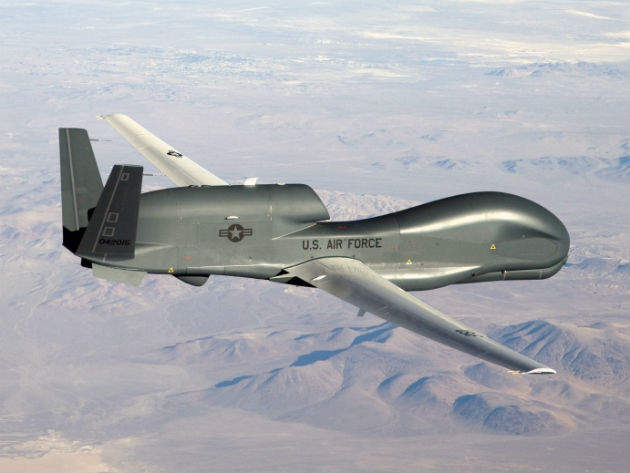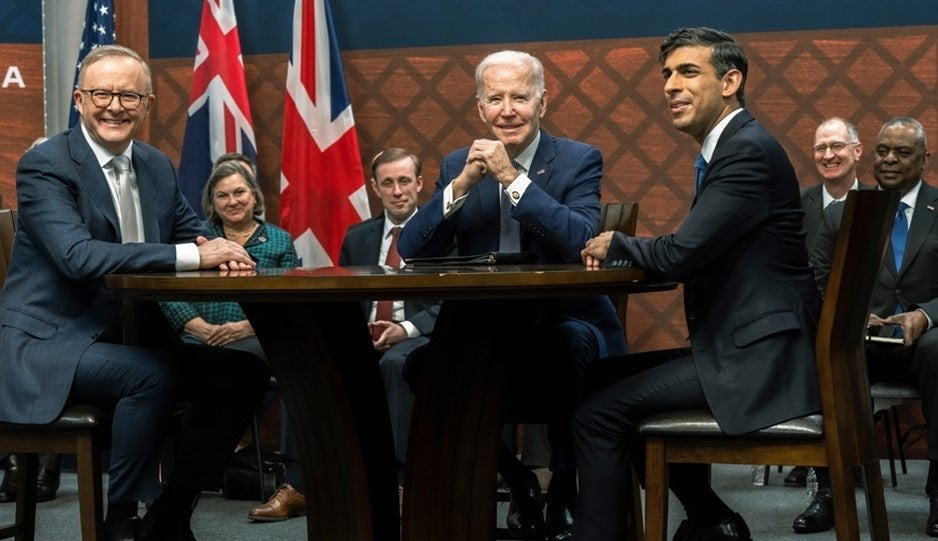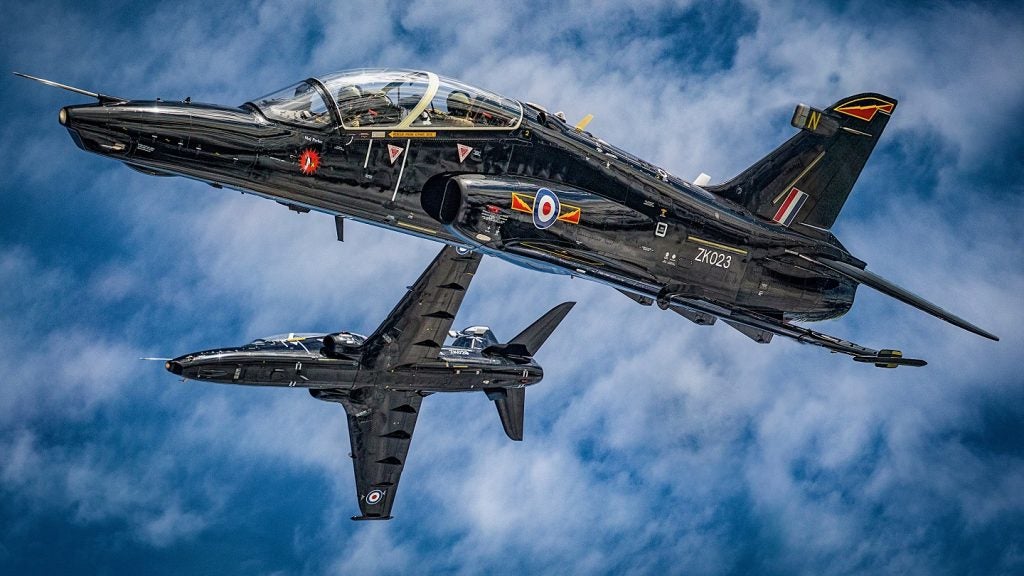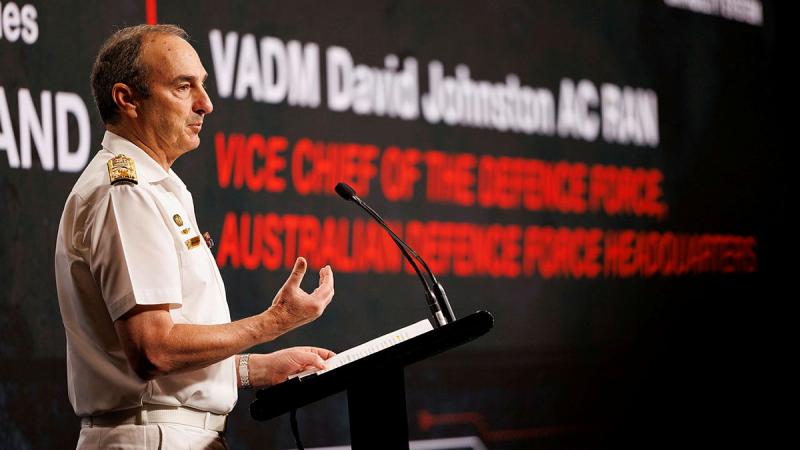

Global Hawk's history stretches back to the mid-1990s, when it began as a DARPA advanced concept technology demonstration with the potential to provide a game-changing high-altitude, long-endurance (HALE) intelligence, surveillance and reconnaissance (ISR) capability.
The system was first deployed by the US Air Force in international contingency operations in November 2001, when it began operations in support of Operation Iraqi Freedom, providing US and coalition partners with near-time, high-resolution ISR images. Despite flying only 5% of high altitude reconnaissance sorties during the operation, it accounted for more than 55% of the time-sensitive targeting imagery generated to support strike missions – testament to the aircraft's force multiplying capabilities.
Indeed, Global Hawk presented a significant step change in the way that coalition forces were able to prepare for and conduct operations on the ground in Iraq and Afghanistan. Throughout the aircraft's deployments during operations Enduring Freedom, Southern Watch and Iraqi Freedom, Global Hawk collected more than 4,800 electro-optical (EO), infrared (IR) and synthetic aperture radar (SAR) images, locating more than 13 full surface-to-air missile (SAM) batteries, 50 SAM sites, 300 SAM canisters, 300 tanks – accounting for nearly 40 percent of Iraq's known armour assets – and more than 70 SAM transporters.
Improving capabilities
Since Global Hawk's first flight in 1998, the US Air Force and manufacturer Northrop Grumman have driven development forward in distinct blocks. The initial production version was known as the RQ-4A Block 10, had a payload capacity of 910kg and carried SAR, EO and IR sensors for collecting imagery intelligence. Seven Block 10 aircraft were delivered to the air force, and were all withdrawn from service by 2011.
See Also:
The Block 20 version, the first of the B-model variants (RQ-4B) with increased payload of 1,400kg, wingspan of 39.9m and length of 14.5m, carried upgraded EO, IR and SAR sensors. A small number of the Block 20 aircraft was converted into a communication relay platform with the addition of the battlefield airborne communication node (BACN), and are known as EQ-4. BACN provides deployed soldiers with a communications gateway during operations in mountainous terrain or areas where line-of-sight communications are inhibited; bridging gaps between operating units or weapon systems that otherwise would not be able to communicate with each other, and providing situational awareness from ground units up the chain of command.
How well do you really know your competitors?
Access the most comprehensive Company Profiles on the market, powered by GlobalData. Save hours of research. Gain competitive edge.

Thank you!
Your download email will arrive shortly
Not ready to buy yet? Download a free sample
We are confident about the unique quality of our Company Profiles. However, we want you to make the most beneficial decision for your business, so we offer a free sample that you can download by submitting the below form
By GlobalDataThe Block 30 version, which reached initial operating capability in August 2011, carries the enhanced integrated sensor suite – an all-weather SAR/moving target indicator, a high-resolution EO digital camera, and a third-generation IR sensor. It also carries high and low band signals intelligence sensors in the form of the airborne signals intelligence payload. The aircraft's 32 hour maximum endurance and maximum altitude of 60,000ft – with loiter velocity of 310kts – allows the aircraft to collect reconnaissance imagery across large areas in support of operations.
In addition to deployment during operations Enduring Freedom and Iraqi Freedom, this version of Global Hawk has supported Operation Odyssey Dawn in Libya and humanitarian relief efforts during Operation Tomodachi in Japan.
The most recent version of Global Hawk to be fielded by the US Air Force is the Block 40, which reached early operating capability in September 2013. This version provides enhanced capabilities, including the ability to monitor large areas in all weather thanks to the most significant payload addition: the AN/ZPY-2 multi-platform radar technology insertion program active electronically scanned array radar. This air-to-surface radar provides a ground moving target indicator and SAR intelligence to operators, with data distributed across wideband Ku SATCOM and line-of-sight networks.
An uncertain future
Despite the Global Hawk programme having flown more than 150,000 hours in support of antiterrorism, antipiracy, humanitarian assistance, disaster relief, airborne communications relay and information-sharing missions for the US military, its place in the force's high-altitude tool set has been uncertain for some time.
The major area of contention for the fleet was financial, with the government unable to fund both the continued service of Global Hawk and the air force's other high-altitude reconnaissance asset, the manned U-2 aircraft. This caused uncertainty as to whether the U-2 would be retired and Global Hawk adapted with the U-2's sensor package; or whether the Global Hawk would be cancelled and the U-2's service life extended to the mid-2020s.
A significant issue was the much lower running costs of the U-2 compared to the RQ-4, which in early 2014 were calculated to be almost three times as the U-2's per flight hour. However, in March 2015, Northrop Grumman reported that the air force's RQ-4 fleet had seen a "significant decrease in cost per flight hour coupled with a sharp increase in flight hours," adding that "the Global Hawk program has brought the system's cost per flight hour down to the point of being half the cost of the manned alternative".
As it currently stands, the US Air Force's schedule will see the RQ-4 Global Hawk replace the U-2 by 2019. During that timeframe, the money saved by retiring the U-2 fleet will be channelled into upgrading the RQ-4 with a universal payload adaptor to allow it to carry U-2 sensors.
This work is likely to be covered under a $3.2bn indefinite delivery/indefinite quantity contract awarded to Northrop Grumman by the air force in September for Global Hawk development, modernisation, retrofit, and sustainment activities for all variants. With the timeframe allocated to the work set to run until 2020 for ordering and 2025 for completion, this fits with the U-2 retirement timescale, providing some security for the Global Hawk fleet for the time being.
What next?
As to the exact upgrades that will be required in order to prepare the Global Hawk for the coming decade, some work is reportedly underway.
In addition to gathering imagery with its dual-band, real-time senior year electro-optical reconnaissance system and advanced synthetic aperture radar system, the U-2's payload supports high-resolution, broad-area synoptic coverage provided by an optical bar camera producing traditional film recordings for development and analysis after landing.
Northrop Grumman is working on installing OBC and SYERS sensors to the Global Hawk in order to expand the type of payloads the RQ-4 can carry. Additionally, a multispectral sensor used on the air force's E-8C joint surveillance target attack radar system is also understood to be a payload of interest to Northrop Grumman for future upgrades.
As the US Air Force considers the future of unmanned assets in its high-altitude reconnaissance fleet, it is likely that Global Hawk will continue to factor as an essential piece of kit. There is work to be done to evolve the aircraft into the asset the air force needs to address the threats of tomorrow's battlefield, but there is at least, for now, a glimmer of hope that it can be managed.







